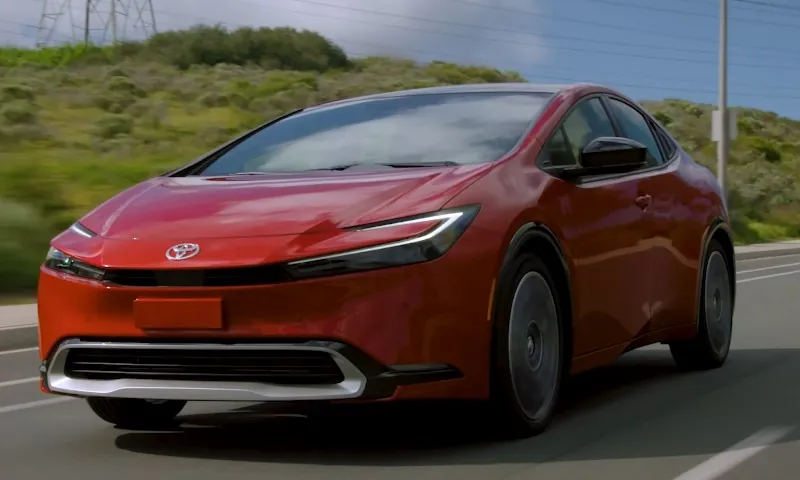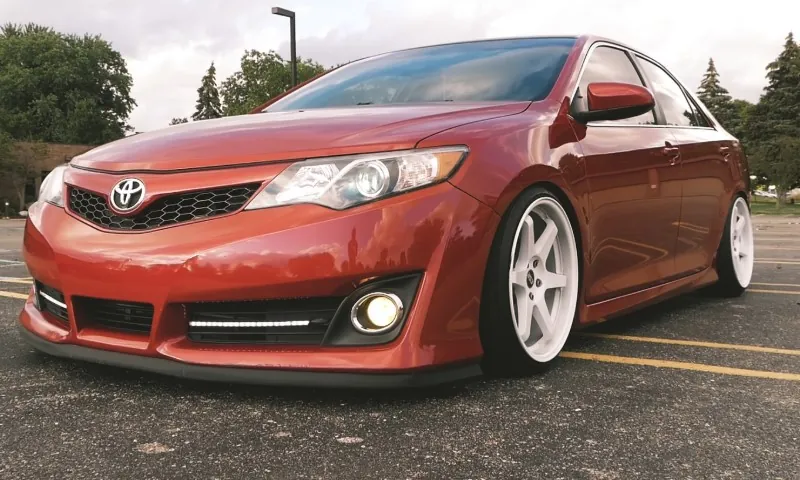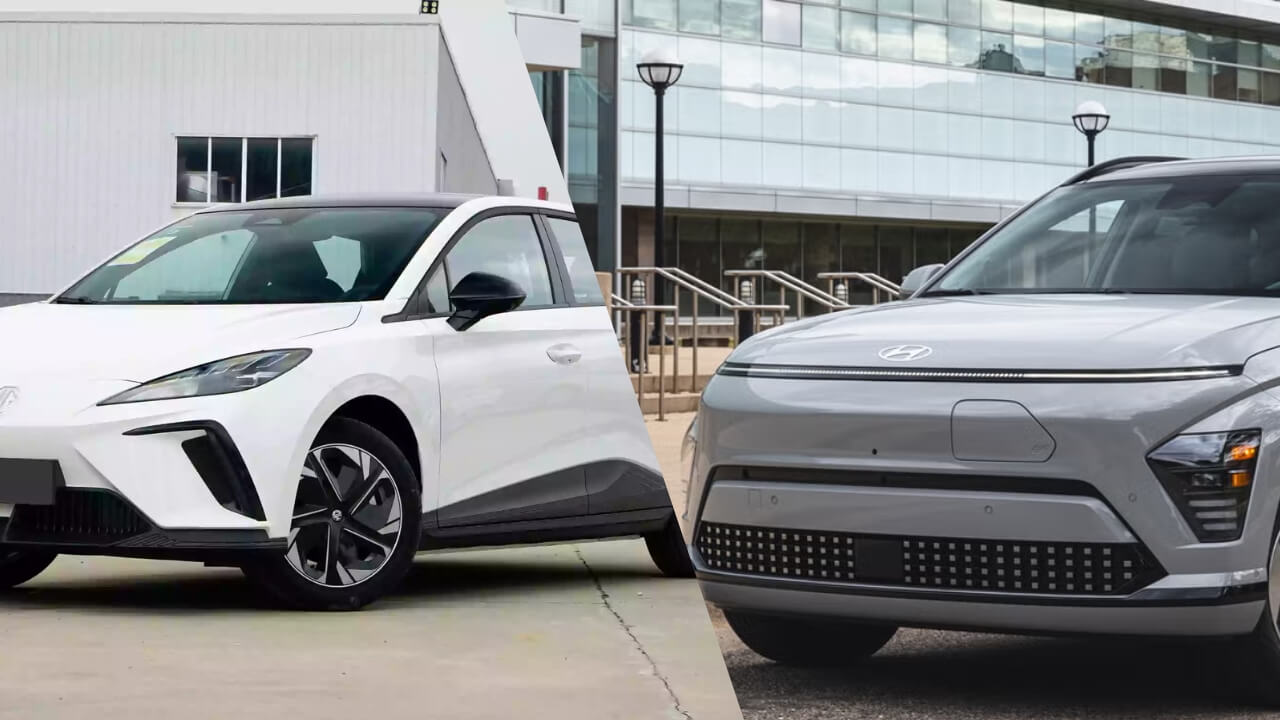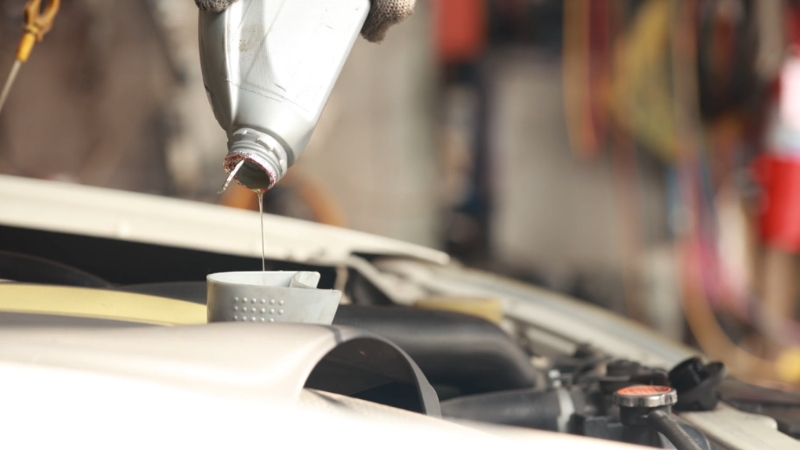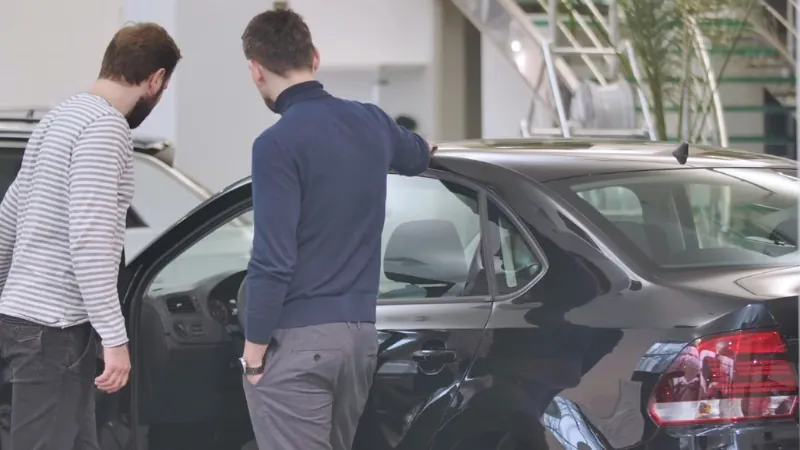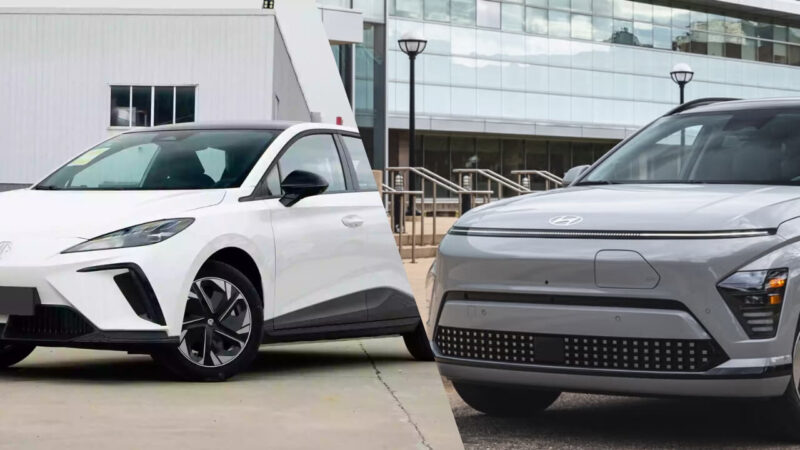
Share Post:
Car accidents in the United States are real events with real consequences. They disrupt lives, burden families, and cost billions each year in medical bills, lost productivity, and property damage.
In 2025, road safety remains a critical issue, with some states continuing to report alarmingly high accident rates. While the full nationwide data for 2025 isn’t available yet, there’s already a clear picture forming based on the most recent reports from 2024 and detailed data from individual states.
So, where are drivers most at risk in 2025? Let’s break it down by the numbers, the trends, and what’s really behind them.
Table of Contents
ToggleNational Overview
According to the Insurance Institute for Highway Safety (IIHS), car crash fatalities in the U.S. decreased in 2023 to 40,901 deaths, down 4.3% from 2022. That brings the national fatality rate to 12.2 deaths per 100,000 people or 1.26 per 100 million miles traveled.
That’s progress, but not enough. Nearly 6 million police-reported crashes occurred in 2022 alone, with over 1.6 million causing injuries and more than 42,000 resulting in death.
Despite steady long-term declines since the 1970s, the pandemic years set back some of that progress. Speeding, distracted driving, and alcohol remain the leading contributors.
What’s clear is that certain states are consistently showing up with high accident rates. But what exactly does that mean, and which states top the list?
States with the Most Car Accidents (2024 Data)
While we wait for complete 2025 figures, data compiled by Insurify and reported by Visual Capitalist provides a solid foundation. Rather than raw numbers, which are often skewed by population, they looked at accident rates, the percentage of drivers in each state involved in a crash.
Here’s how the top 20 stack up:
| Rank | State | Accident Rate (2024) |
|---|---|---|
| 1 | Massachusetts | 6.1% |
| 2 | New Hampshire | 5.8% |
| 3 | Rhode Island | 5.6% |
| 4 | Maine | 5.4% |
| 5 | Nebraska | 5.1% |
| 6 | Utah | 5.0% |
| 7 | North Carolina | 4.9% |
| 8 | Virginia | 4.8% |
| 9 | South Carolina | 4.8% |
| 10 | Idaho | 4.8% |
| 11 | Maryland | 4.8% |
| 12 | Oregon | 4.7% |
| 13 | Vermont | 4.7% |
| 14 | Georgia | 4.6% |
| 15 | Ohio | 4.6% |
| 16 | Iowa | 4.6% |
| 17 | Indiana | 4.5% |
| 18 | Pennsylvania | 4.5% |
| 19 | Alaska | 4.5% |
| 20 | New York | 4.5% |
Michigan had the lowest rate at just 1.7%.
Key takeaway? The Northeast dominates the top of the list. Massachusetts, New Hampshire, Rhode Island, and Maine hold the top four spots. That points to a strong regional pattern worth unpacking.
Why Are the Numbers So High in the Northeast?

1. Urban Congestion
Cities like Boston are dense, with heavy traffic, complicated intersections, and short merges. That creates a perfect storm for minor collisions, fender-benders, and rear-end accidents.
2. Bad Weather
New England winters are no joke. Snow and ice in states like Maine and New Hampshire make for treacherous driving conditions for several months each year.
3. Older Infrastructure
Narrow roads, outdated intersections, and heavy traffic put pressure on infrastructure, which isn’t always built to modern safety standards.
Fatality Hotspots
@nbcconnecticut An 18-wheeler caught fire after a multi-vehicle accident on I-59 in Hattiesburg, Mississippi, on Sunday. The truck erupted into a huge fireball as first responders worked to extinguish a blaze near the engine. #mississippi #explosion #nbcct ♬ original sound - nbcconnecticut
Accident rates tell us how often crashes happen, but fatality rates show where crashes are most likely to turn deadly. And that paints a different map entirely.
Based on 2025 projections from 1800THELAW2, here are the states with the highest fatal crash fatality rates per 100,000 residents:
- Mississippi – 25.4
- Wyoming – 22.0
- Arkansas – 21.2
- South Carolina – 20.7
- Montana – 19.6
In these states, you’re not just more likely to crash, you’re more likely to die when it happens.
A Closer Look at Indiana in 2025

Indiana’s numbers deserve some attention, especially because we already have up-to-date 2025 figures:
| Metric | 2025 Value |
| Total Collisions | 200,176 |
| Fatalities | 926 |
| Alcohol-Impaired Fatalities | 146 |
| Fatality Rate per 100M VMT | 1.10 |
Despite ranking 17th nationally in accident rate (4.5% of drivers), Indiana had a particularly high number of total crashes. Urban congestion in Indianapolis and high-speed crashes on rural highways both contribute.
The state’s 146 alcohol-related fatalities also highlight drunk driving as a serious problem. It’s not just a behavioral issue, it’s a public health one. Targeted prevention and stricter enforcement could save lives here.
In the wake of Indiana’s alarming 200,000+ collisions and 926 fatalities, many Hoosiers are turning to trusted car accident attorneys to help navigate insurance claims and legal recourse.
What’s Driving the Numbers?
Weather & Geography
From icy Northeast roads to wide-open rural highways in the South and Midwest, local conditions shape driving risks. Wyoming, Montana, and Mississippi show that rural states aren’t necessarily safer.
Road Infrastructure
Rural states often lack adequate lighting, barriers, or lane separation. Delayed emergency response times also increase fatality rates. In Mississippi, for instance, 30% of roads are deteriorated, a major contributing factor to its high crash death rate.
Drunk and Distracted Driving
Alcohol and phones continue to be two of the biggest culprits nationwide. About one-third of all fatal crashes involve alcohol.
Seatbelt Laws
Some states, like New Hampshire, have looser seatbelt laws, especially for adult passengers. States with higher seatbelt compliance, like Hawaii, tend to see fewer fatalities even when accident rates are high.
Vehicle Condition
In states with lower average incomes, vehicle maintenance might be less of a priority; bald tires, broken lights, and worn brakes can all contribute to crashes.
Economic and Social Impact
It’s not just the lives lost, it’s the ripple effect that spreads through communities.
The Costs:
- Medical bills
- Insurance premiums
- Time off work
- Property damage
- Long-term rehabilitation
In Indiana alone, the economic impact of over 200,000 collisions in 2025 likely ran into the billions.
Families often face financial hardship after a serious crash. Emotional trauma, especially when fatalities are involved, can last far longer than the wreckage on the road.
What Can Be Done?

Here’s what’s already working, or has the potential to work, with examples from across the country.
1. Stricter Traffic Laws
Indiana’s 2023 House Bill 1015 enabled automated speed enforcement in construction zones. Early feedback has been positive.
Other states could follow suit by:
- Cracking down on repeat DUI offenders
- Requiring ignition interlocks
- Raising penalties for phone use behind the wheel
2. Better Infrastructure
Modernizing intersections, installing roundabouts, and adding rumble strips can reduce accidents. Even repainting lanes helps, especially at night or in poor weather.
3. Technology in Cars
Features like lane departure warnings, blind-spot detection, and automatic emergency braking are becoming standard, and they’re making a real difference.
4. Driver Education and Awareness
States that invest in education programs for young and new drivers tend to see lower accident rates over time. Public campaigns targeting seatbelt use, distracted driving, and speeding still matter.
5. Better Data
Access to detailed crash data, like Indiana’s ARIES system, can help cities and states identify dangerous intersections, common causes, and patterns worth correcting.
Final Thoughts
The data might still be rolling in for 2025, but one thing’s clear: some states are struggling more than others to keep their roads safe. Massachusetts leads in crash rates, Mississippi in fatalities. Indiana, with its mix of urban density and rural sprawl, lands in the middle, but with alarmingly high total collisions and alcohol-related deaths.
Improving road safety is about culture, awareness, and accountability. Drivers, lawmakers, engineers, and law enforcement all play a role. As more 2025 data emerges, hopefully the lessons learned will translate into real change where it's needed most.
Stay safe out there. Whether you’re commuting, road-tripping, or just running errands, it only takes a second for the road to change everything.
Related Posts:



